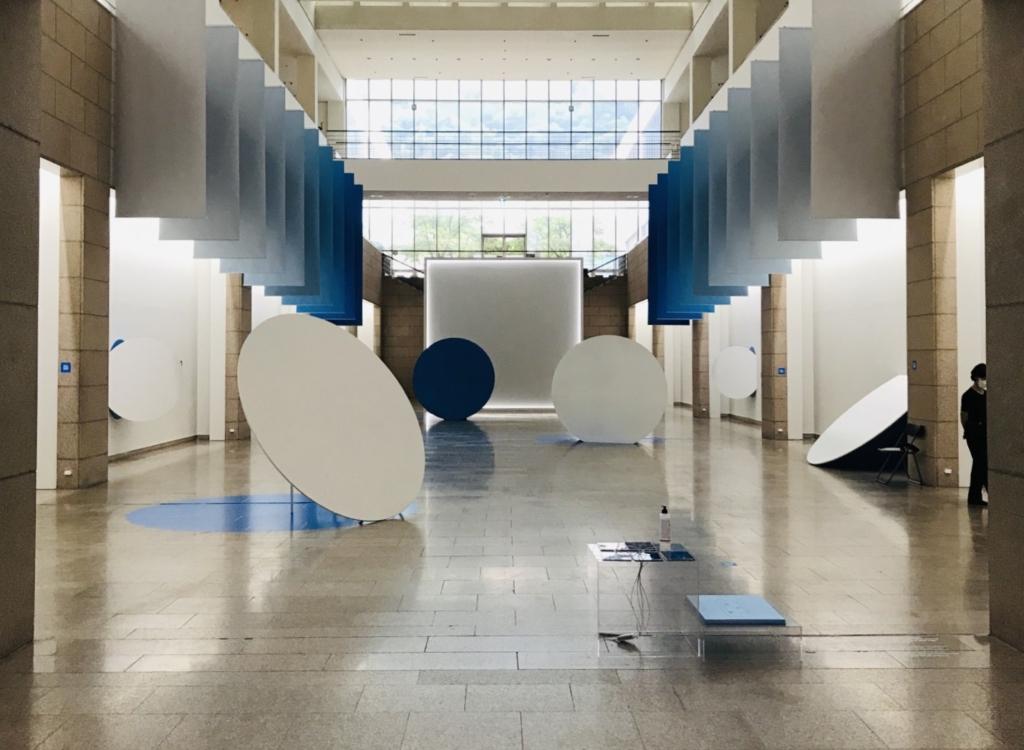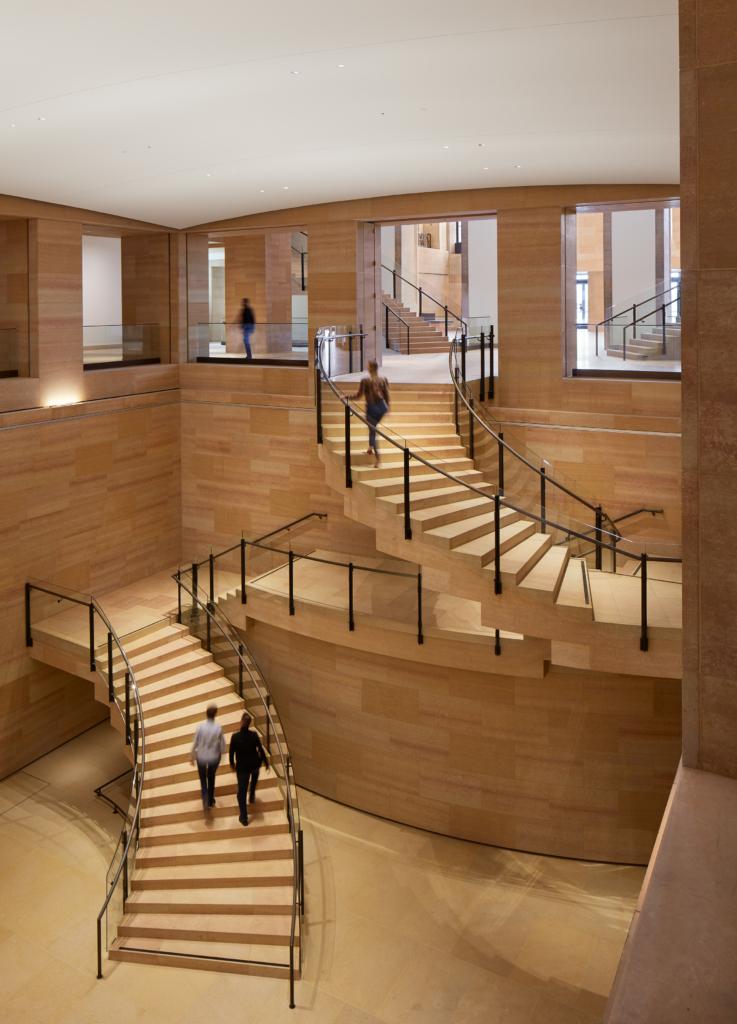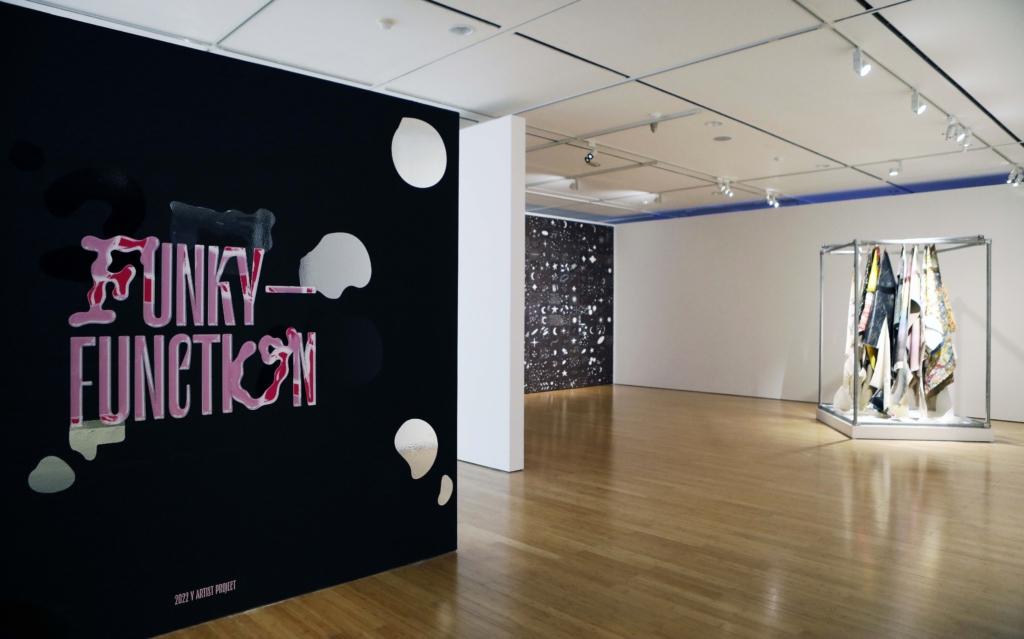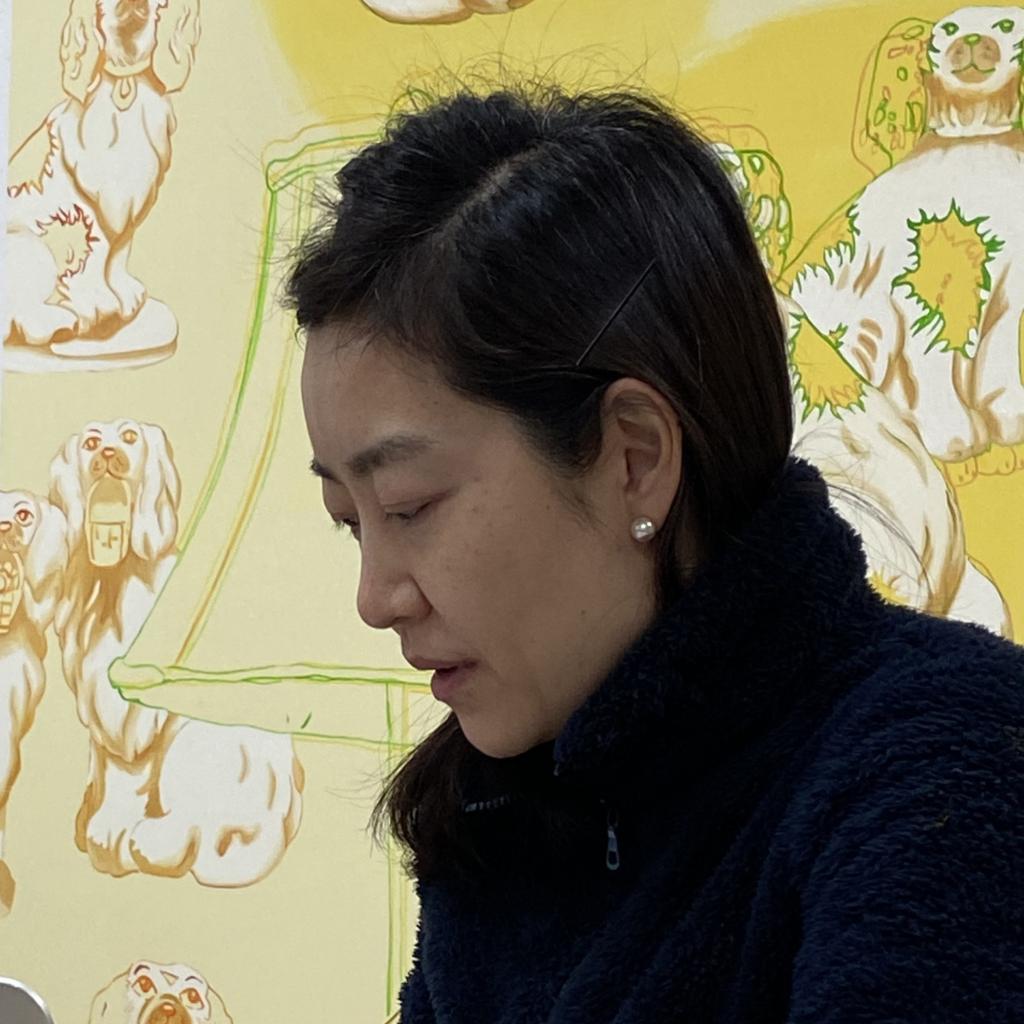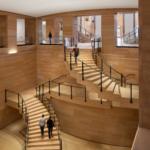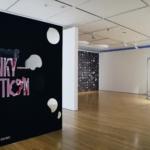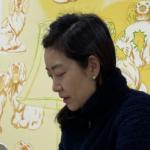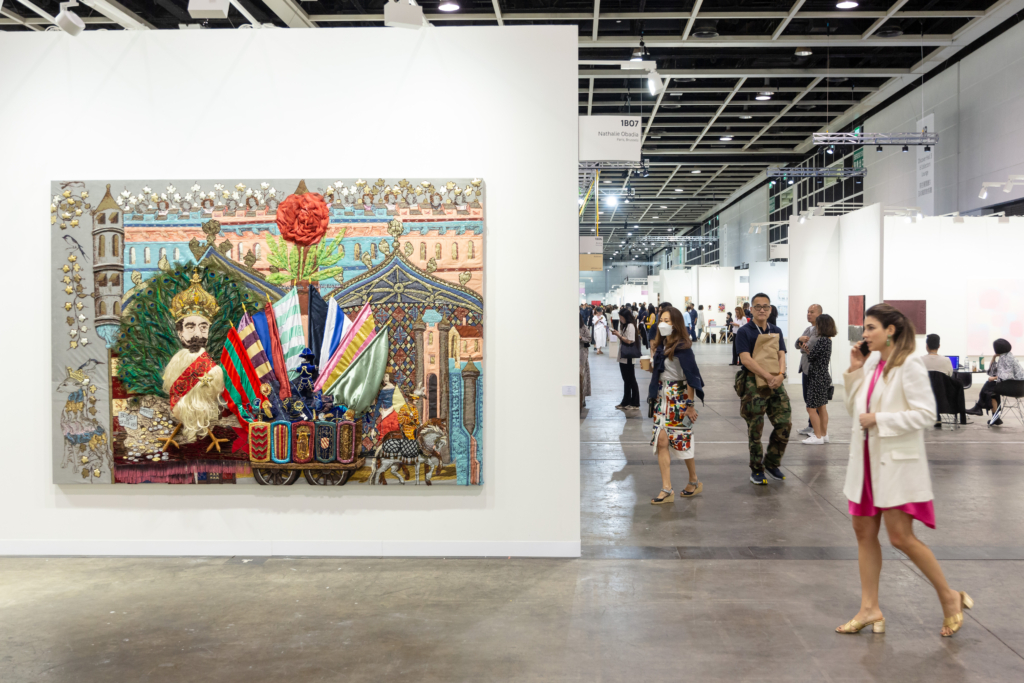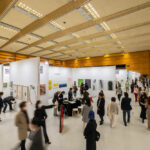KIAF Seoul Broke Its Record in Sales but Also Faces Future Challenges
The Korea International Art Fair (KIAF) held at the COEX convention center in Seoul’s Gangnam district from the 13th to the 17th attracted a record-breaking number of visitors and sales. The 20-year-old fair featured 170 dealers from 10 countries showcasing more than 3,000 artworks.
The total of 88,000 visitors marked an increase of about 6,000 from 2019. While most of the visitors were locally based, the participating galleries saw a significant increase in the number of young collectors. A total of 65 billion KRW ($55 million) worth of artworks were sold.
This was more than double the 31 billion KRW ($26 million) in 2019, which was the last fair before the outbreak of the COVID-19 pandemic. The fair saw 35 billion KRW ($29.5 million) in sales on the first day alone, surpassing 50% of the total sales of this year.
KIAF implemented a VVIP opening to separate the admissions by date in case of crowds. But the fair welcomed a crowd of about 5,000 people, including VVIP guests, fair sponsors, and partners, on the first day. Two thousand VVIP cards were distributed through the participating galleries, and it turned out that about 70–80% of the cardholders visited the fair on the first day. The attendance looked very different compared to previous years when usually only 30% of cardholders visited the opening.
The fair did not disclose the exact number of works sold or their titles, but both local and international galleries reportedly sold out their booths.
International galleries with outposts in Seoul reported positive results. French-based Perrotin devoted its booth to Murakami Takashi’s sculpture and paintings. The booth sold out, including large-scale works estimated at 4 billion KRW ($3.4 million) and 2.5 billion KRW ($2 million). The New York-based multinational gallery Pace sold a number of works by Latifa Echakhch, Adolph Gottlieb, David Hockney, Lee Kun-Yong, Kohei Nawa, and Joel Shapiro. New York-based Lehmann Maupin sold Chantal Joffe in the range of £20,000 to £50,000; a work by Mandy El-Sayegh for between $50,000 and $60,000; and several David Salle works for between $90,000 and $400,000.
Among prominent local galleries, Gallery Hyundai said sales had doubled from last year’s fair, which was online only due to COVID-19. Kukje Gallery sold works by Park Seo-Bo, Ha Chong-Hyun, Lee Kwang-Ho, Haegue Yang, Jenny Holzer, Byron Kim, and Daniel Boyd at prices between $10,000 and $600,000.
It was not only blue-chip artists that were selling out but also trending artists such as Se-Yeol Oh, Chun Kwang Young, and Woo Kukwon. Emerging artists popular with the younger collectors were also in high demand, including Jae Yong Kim, featured by Hakgojae Gallery; Ro Eunnim, by Gana Art; Jeong Seongjoon and Yoon Sang Yoon, by Atelier Aki; Joung Young-Ju and Kim Jung-Soo, by Sun Gallery; and Jimin Chae, by Gallery Joeun.
Numerous celebrities reportedly visited the site. Among the big-name art figures in Korea were Lee Seo-Hyun, chief of the Samsung Welfare Foundation, who recently took part in the reopening of the Leeum, Samsung Museum of Art, and Paradise Group Chairman Phillip Chun and Paradise Culture Foundation Chairperson Choi Yoon-Jung, a couple listed in the ARTnews Top 200 Collectors.
Leading figures in the international art world such as the owner of the Perrotin Gallery, Emmanuel Perrotin, and Lehmann Maupin founder Rachel Lehmann, as well as officials from Frieze, visited the site. Famous celebrities in Korea included BTS members RM and V, star actors Jeon Ji-Hyun, Lee Byung-Hun, Lee Min-Jung, and many others.
The record figures of this year’s KIAF, along with a series of news about the boom in the Korean art market, are raising the fair’s reputation as the best art fair in Korea, but experts say there is a lot of room for improvement. A Korean media outlet compared KIAF to Art Basel in Hong Kong, which is also held in Asia, and pointed out that KIAF needs to understand its market size on an international basis and improve the fair’s operating system.
The media estimated the sales amount of the 2018 Art Basel in Hong Kong at around $852 million and assumed that this number was exceeded in 2019. KIAF’s sales this year hit an all-time high, but its total sales amount only reached 6.5 percent of Hong Kong’s. In addition, Hong Kong’s 2019 edition featured 242 galleries from 36 countries from Asia, America, and Europe showcasing about 10,000 artworks. The number of visitors was the same as at this year’s KIAF, 88,000, but most of the attendees were from outside the country. This is very different compared to KIAF’s galleries coming from 10 countries with the majority of visitors being Korea-based.
The media also stressed that KIAF needs to establish a VIP relation system above all else. Art Basel, the world’s largest art fair, has region-by-region specialists to carry out successful client relationship management throughout the year, holding programs several months before the fair as well as managing their clients after the event is over. KIAF has started a new VVIP program this year in preparation for co-hosting next year’s art fair with Frieze, but some have criticized the program for offering services that aren’t much different from the standard ones. For instance, the VVIP tickets did not only go to VVIP collectors but were also sold through the fair’s website.
While there is still much to improve in the local industry and the KIAF’s system, Seoul has recently been on the rise as the next Asian art hub. Hong Kong is still Asia’s largest art market, but the recent political unrest in the city has made it difficult to predict the market situation. After China enforced the National Security Act in July 2020, tens of thousands, including journalists, artists, and politicians, have left the city, and media outlets, such as The New York Times, have left or are considering leaving Hong Kong. On the other hand, Korea is showing a relatively stable economic situation by setting an example with the COVID-19 pandemic. And the recent cultural impact of Korea through movies, TV series, and music is rising on a global level. As the appeal of South Korean culture is getting big, it is expected that the status of Korean contemporary art will rise as well.
Aproject Company. Co., Ltd | Founder & CEO : Jay Jongho Kim
216 Dosan-Daero, B2F, Gangnam-gu, 06047 Seoul, Korea
Business Number : 894-88-01945
Contact : aproject.company@gmail.com
Mail-order-sales registration number : 제 2021-서울강남-04243 호
























